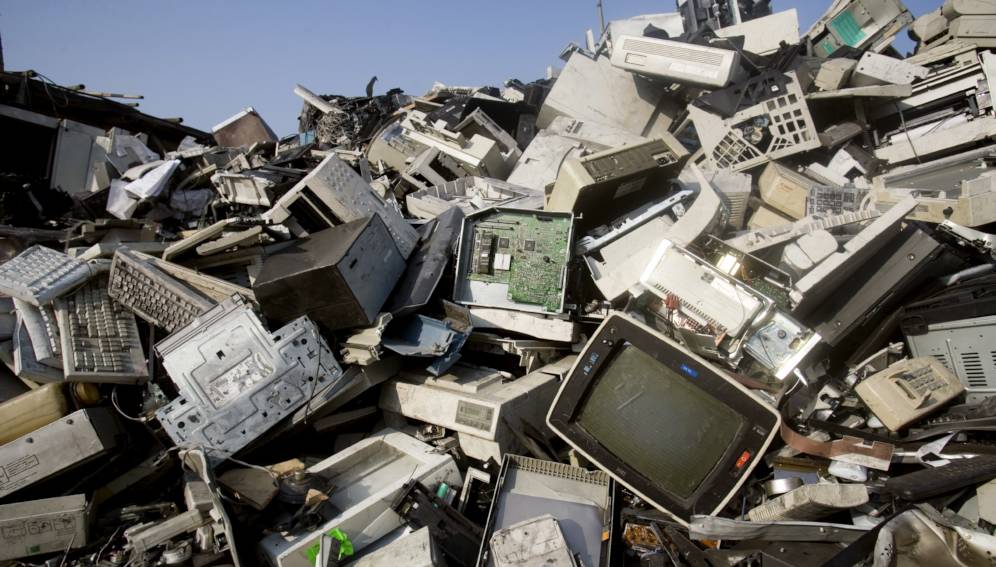India’s E-Waste Generation Doubles in 8 Years, but Processing Remains Skewed

TL;DR
India’s e-waste generation nearly doubled between 2017-18 and 2024-25, while formal processing rose over 43 times, reaching about 70% coverage. A few states dominate collection, but large disparities remain, underscoring the need for more balanced infrastructure and enforcement.
Context
India is among the world’s largest producers of electronic waste, driven by rapid digitisation, growing consumer electronics usage, and shorter product life cycles. E-waste contains valuable materials like gold, copper, and rare earth metals, but also hazardous substances such as lead and mercury, which pose environmental and health risks if not managed properly.
Who compiles this data?
The data on E-waste, including collection, processing, and generation, is compiled by the Central Pollution Control Board (CPCB) under the Ministry of Environment, Forest and Climate Change (MoEF&CC), based on information from registered producers, recyclers, and authorised dismantlers.
Where can I download clean & structured data related to waste generation?
Cleaned, structured, and ready-to-use state-level datasets related to Waste Generation, Treatment, and Disposal in India can be downloaded from Dataful.
Key Insights
- E-waste generation in India almost doubled, from 7.08 lakh tonnes in 2017-18 to 13.98 lakh tonnes in 2024-25.
- Meanwhile, E-waste collected and processed rose from 22,700 tonnes in 2016-17 to 9,88,479 tonnes in 2024-25, registering an over 43-fold increase in eight years. The share of generated e-waste that is formally collected and processed improved from around 10% to about 70% during this period.
- Between 2016-17 and 2023-24, states like Uttar Pradesh, Haryana, Telangana, and Uttarakhand have collected and processed more than 4 lakh tonnes of e-waste each.
- On the other hand, Maharashtra, Rajasthan, and Punjab collect significantly less relative to their size and economic scale.
Why does it matter?
A significant amount of E-waste still goes unprocessed, often entering unsafe channels. Proper management protects health and the environment, recovers valuable metals, and supports India’s circular economy goals. The large variation between states in collection, with some processing several lakh tonnes while others handle only a fraction, highlights the need for more equitable infrastructure and enforcement across the country.
Key numbers
Share of e-waste processed:
- 9.8% (2017–18) → 33% (2021–22) → 70.7% (2024–25)
- All India (2023-24): 776.93 thousand MT
- Uttar Pradesh (2016-17 to 2024-25): 752.28 thousand MT